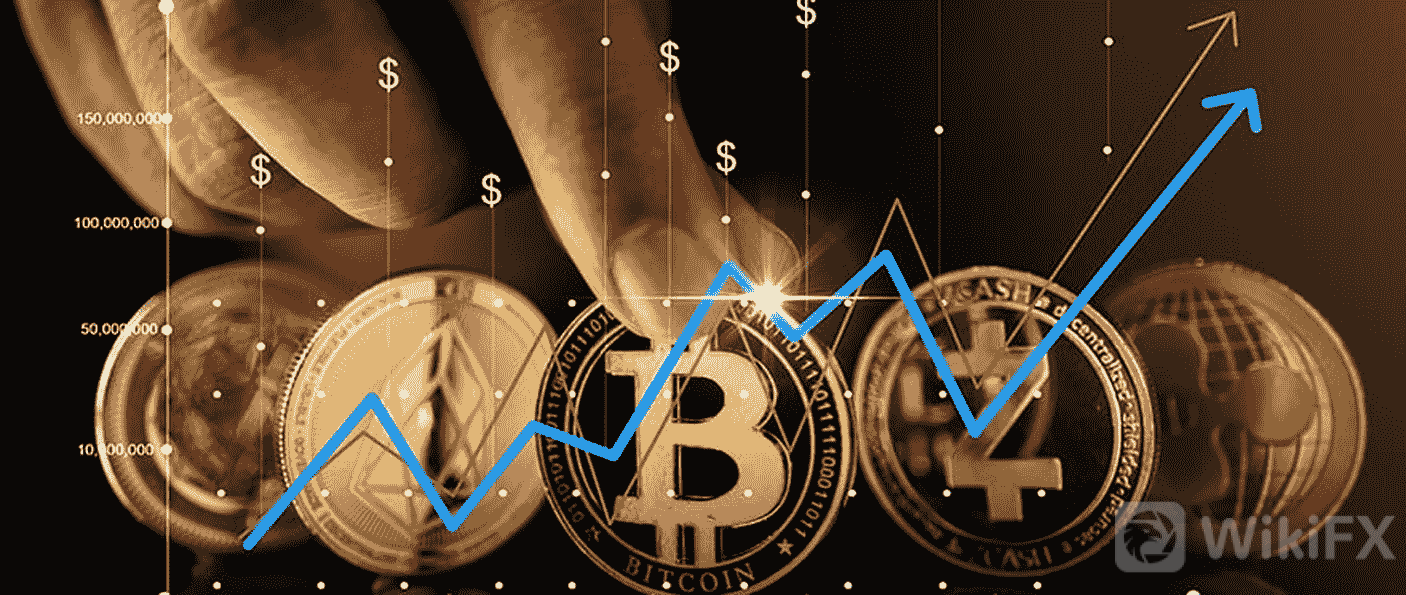
Stablecoin feature in New York Times signals regulation is coming
Designating them as “systemically risky” and thus eligible for oversight is one option available, the article said.
Saying the rush to bring stablecoins under regulatory control might be “the most important conversation in Washington financial circles this year,” the New York Times published an explainer article on the type of cryptocurrency and laid out what the author (and perhaps her sources) sees as the top options at regulators disposal.
While the value of stablecoins is linked to government currencies, most commonly the U.S. dollar, the nature and stability of the funds backing such coins have sometimes been called into question, a circumstance that regulators frequently cite in their calls for regulation. Since stablecoins serve as a bridge from the traditional financial world to cryptocurrencies, the amount of regulation could either add to investor comfort to using crypto or act to curtail the still-emerging industry.
That regulators are grappling with how to handle has been by this media outlet and others. However, that the mainstream Times with its paper-of-record reputation and deep DC connections saw fit to give it a full treatment indicates with near-certainty that such regulation is coming. The only remaining questions would seem to be how much regulation is coming, of what form it will take and which part of government will do the regulating
According to the Times, here are the most likely options that regulators could use to corral stablecoins:
1. Designate them as a risk to the system. Under the Dodd Frank Act, regulators have the power to deem payments activity as “systemically risky” and thus under regulatory control even if the activity only poses a potential risk down the road.
2. Call them “securities.” The article notes U.S. Securities and Exchange Commission Gary Gensler recently said that stablecoins “may well be securities” and thus potentially subject to SEC regulation.
3. Treat them as money market mutual funds, which some experts say they resemble and which are regulated.
4. Regulate them like they‘re banks, potentially bringing stablecoins under the regulatory oversight of the Office of the Comptroller of Currency. This option could lead to deposit insurance for stablecoin investors and thus diffuse a major criticism of stablecoins by some, namely that investors are unprotected should the assets underpinning the stablecoins go bad or if there’s a run on the stablecoin.
5. Issue a competing Central Bank Digital Currency (CBDC), something the Federal Reserve is studying. However, given privacy concerns related to CBDCs a U.S. CBDC is unlikely to substantially attract users away from stablecoins, the article observes.
Regardless of what path U.S. regulators take, they can‘t go it alone, the article observes. Without international cooperation on stablecoin regulation, the stablecoins could just move elsewhere. Such international regulation might come in 2023, the Times noted, when the global Financial Stability Board is targeting final adoption of stablecoin regulations it’s working on.

Leave a Reply